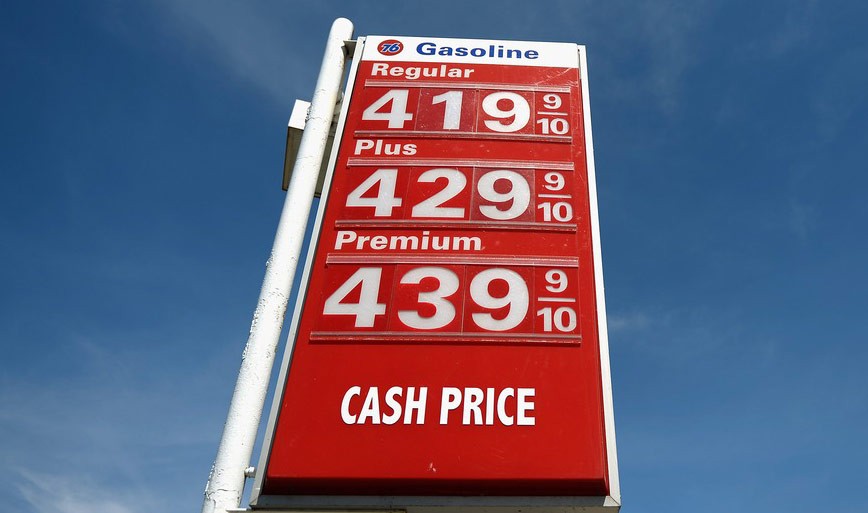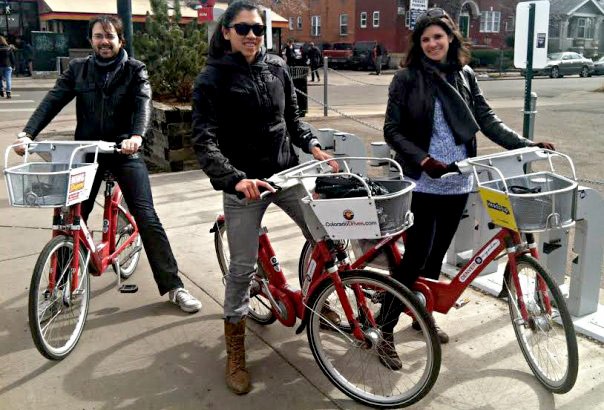Have the recent spikes in gas prices got you worried? Do you cringe every time you see your car’s gas light pop up? Unfortunately, all car owners have to deal with the erratic, ever-changing fuel prices. This year, the increase was first noticeable in the month of February. Tom Kloza, chief oil analyst at Gasbuddy.com explains that the main regions expecting higher prices at the pump this year is the Northeast, due to the maintenance the area’s three crucial refineries are experiencing, and California, as a result of its reliance on smaller refineries. Prices will additionally fluctuate in future years if the U.S. continues to receive fewer imports of gasoline while exporting more of its own fuel. With the persistent pressures of gas prices breathing down our necks, how exactly are we supposed to keep up?
Saving Money While Fuel Prices Rise
Even though the increases in fuel prices seem out of our control, there are small strategies that can help you save more. Here are some helpful suggestions when it comes to using fuel more efficiently: When to Fill Up? You should fill up your car once you are at a quarter tank. Don’t wait until your tank is completely empty and fill it up all the way. Deciding to fill up earlier will save you time and money. Choosing a Vehicle. When picking out your future car, you might want to consider a diesel or a hybrid. Many diesel cars now allow the use of bio-diesel or even waste vegetable oil and hybrids will guarantee to give you immediate savings at the pump. Motorcycles and scooters are also cheaper and often get 70 MPG or more depending on the type of bike. The main objective is to choose a car that uses less petroleum. Change Your Driving Habits. You can also use less petroleum in the car you own by developing better driving habits like driving sensibly, keeping your car in shape, and carefully planning any trips you make so that you don’t have to drive back and forth multiple times. 
Alternatives to Driving Your Car
Although there is a significant importance in owning and driving a car, there are viable alternatives that you can also consider. Here are a few ways to be car free: 
Improving the Fuel Economy
Oil prices have greatly affected our economy. About $2 trillion were spent on gas between 2004 and 2008. In an attempt to find solutions to this issue, the EPA has established new corporate average fuel economy standards for cars and trucks. These standards call for a gradual increase of the fuel exonomy to 45 MPG for the average car and 32 MPG for the average truck. Due to this regulation, by 2025 new car buyers can save up to $8,000 in fuel costs over the vehicle’s lifetime (Fuel Economy). It is clear that the main solutions for improving the fuel economy are in technological advances. Ultimately, the problem with fuel prices can only be solved through vehicles that are no longer dependent on gasoline.
